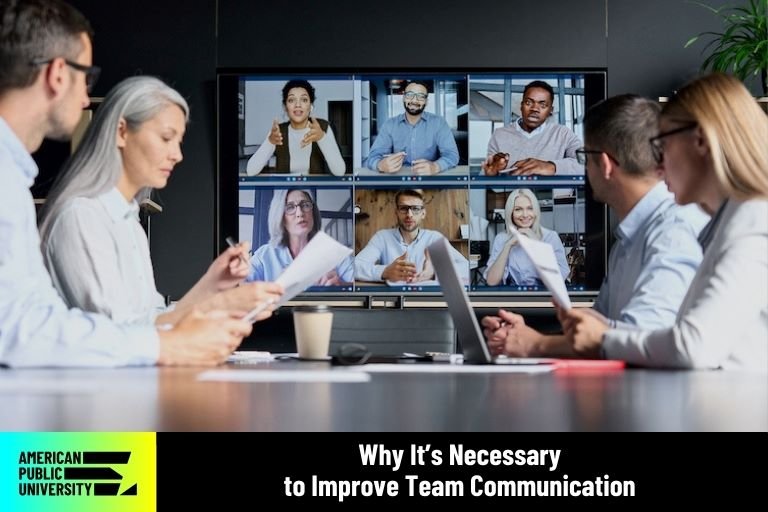Improving Team Communication with Audio Conferencing Solutions
- By -Mash
- Posted on
- Posted in Audio Conference
Audio conferencing remains a fundamental tool for enhancing team communication, especially when face-to-face meetings are not feasible. Despite the rise of video conferencing and other collaboration tools, audio conferencing solutions offer unique advantages for maintaining clear, effective communication. This article explores how audio conferencing can improve team communication and outlines best practices for maximizing its benefits.

Advantages of Audio Conferencing
Accessibility: Audio conferencing is accessible from virtually any phone or computer, making it easy for team members to join meetings regardless of their location. This flexibility ensures that everyone can participate, even if they lack high-speed internet or advanced video capabilities.
Simplicity: Audio conferencing solutions are generally straightforward to set up and use. Unlike video conferencing, which may require additional software or hardware, audio conferencing typically involves just a phone call or a simple connection through an app, reducing barriers to participation.
Cost-Effectiveness: For teams with limited budgets or those who frequently conduct meetings, audio conferencing can be a more cost-effective option. Many audio conferencing solutions offer affordable pricing or are included as part of broader communication packages.
Focus on Content: Without the visual distractions of video, audio conferencing allows participants to focus more on the content of the discussion. This can lead to more concentrated conversations and reduce the likelihood of multitasking or distractions during meetings.
Best Practices for Effective Audio Conferencing
Prepare and Share Agendas: To ensure that audio conferences are productive, prepare and share a clear agenda with participants in advance. This allows everyone to come prepared and helps keep the discussion focused and organized.
Establish Ground Rules: Set ground rules for the meeting to manage communication effectively. For example, encourage participants to mute their microphones when not speaking to minimize background noise and interruptions.
Use Conference Call Etiquette: Encourage proper conference call etiquette, such as speaking clearly, identifying oneself before speaking, and avoiding talking over others. This helps ensure that the conversation flows smoothly and everyone can be heard.
Utilize Interactive Features: Many audio conferencing solutions offer features like participant lists, polling, and Q&A options. Use these features to facilitate engagement and gather input from all participants, making the meeting more interactive and inclusive.
Follow Up with Summaries: After the meeting, send out a summary of key points, decisions, and action items. This follow-up ensures that everyone is on the same page and provides a reference for future discussions.
Enhancing Communication Clarity
Articulate Clearly: In audio conferencing, clear articulation is essential for effective communication. Speak slowly and clearly to ensure that all participants can understand the discussion, especially if accents or background noise might affect comprehension.
Verify Understanding: Periodically check for understanding by summarizing key points or asking participants to confirm their comprehension. This helps prevent miscommunication and ensures that everyone is aligned with the meeting’s objectives.
Encourage Active Listening: Promote active listening by encouraging participants to focus on the speaker and avoid distractions. Active listening helps ensure that everyone is engaged and can contribute meaningfully to the discussion.
Addressing Common Challenges
Manage Technical Issues: Address technical issues promptly by providing clear instructions for joining the call and troubleshooting common problems. Encourage participants to test their equipment and connections before the meeting to minimize disruptions.
Handle Noise and Interruptions: Minimize noise and interruptions by using features like mute buttons and ensuring that participants are in quiet environments. If background noise is an issue, consider using audio conferencing solutions that offer noise-cancellation features.
Facilitate Participation: Ensure that all participants have an opportunity to contribute by actively soliciting input from quieter members or using structured turn-taking methods. This helps prevent dominant voices from overshadowing others and promotes a more balanced discussion.
Integrating Audio Conferencing with Other Tools
Combine with Messaging Platforms: Integrate audio conferencing with team messaging platforms to enhance communication. For example, use messaging apps to share links, documents, or updates before and after the audio conference.
Supplement with Video Conferencing: In situations where visual cues are important, consider supplementing audio conferencing with occasional video calls. This hybrid approach allows for more nuanced communication while maintaining the flexibility of audio conferencing.
Leverage Collaborative Tools: Use collaborative tools, such as shared documents or project management software, alongside audio conferencing to facilitate real-time updates and collaboration. This integration helps streamline workflows and ensures that all team members have access to necessary information.
Conclusion
Audio conferencing remains a vital component of team communication, offering accessibility, simplicity, and cost-effectiveness. By implementing best practices, enhancing communication clarity, and addressing common challenges, teams can leverage audio conferencing to improve collaboration and productivity. Integrating audio conferencing with other communication tools can further enhance its effectiveness, ensuring that teams stay connected and engaged, regardless of their physical locations.



